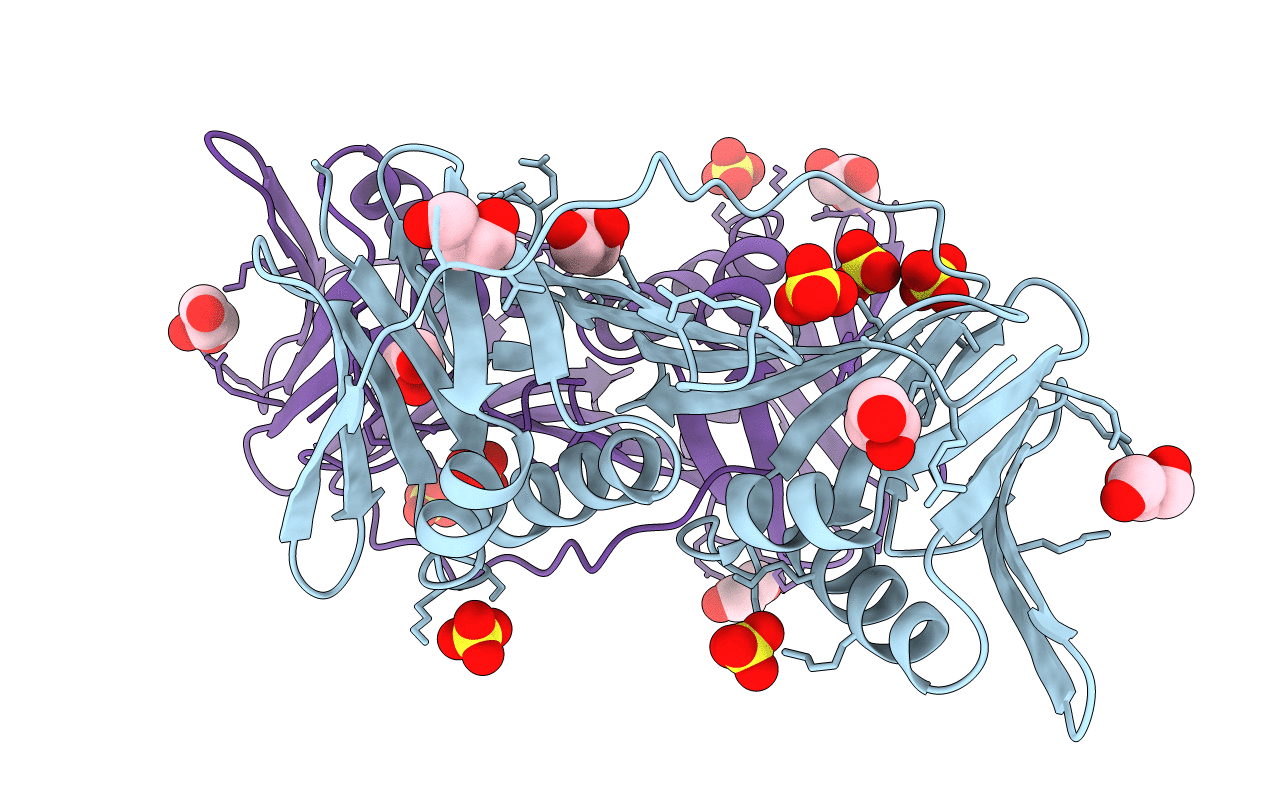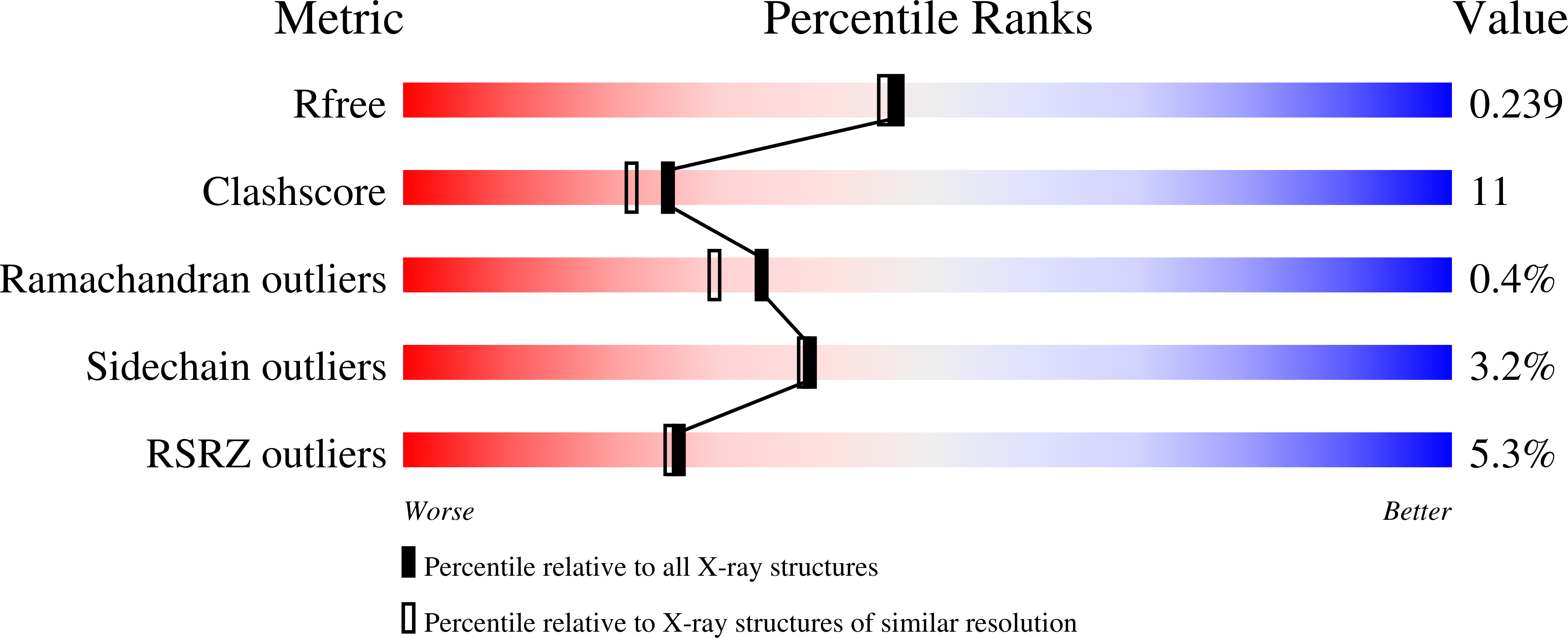
Deposition Date
2021-06-05
Release Date
2022-05-04
Last Version Date
2023-10-18
Entry Detail
PDB ID:
7N5M
Keywords:
Title:
PCNA from Thermococcus gammatolerans: crystal III, collection 1, 2.00 A, 1.91 MGy
Biological Source:
Source Organism:
Host Organism:
Method Details:
Experimental Method:
Resolution:
2.00 Å
R-Value Free:
0.23
R-Value Work:
0.18
R-Value Observed:
0.19
Space Group:
P 3


